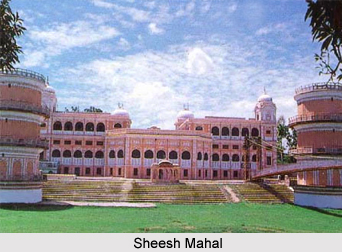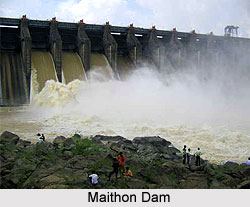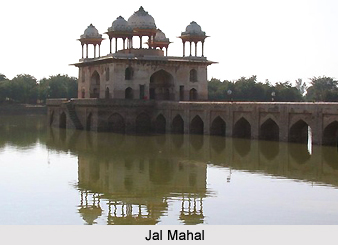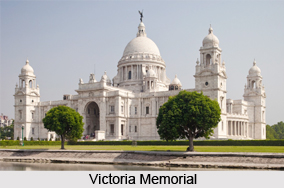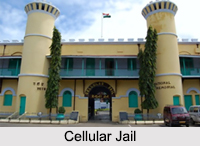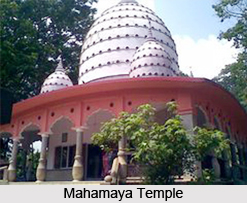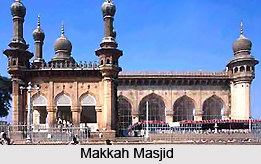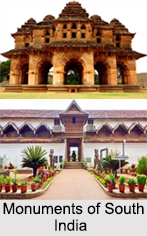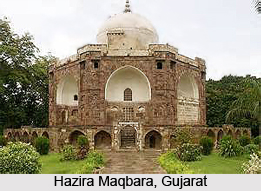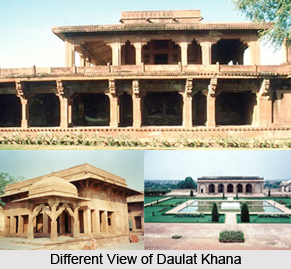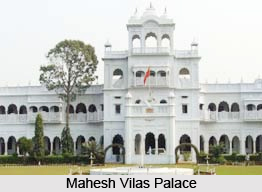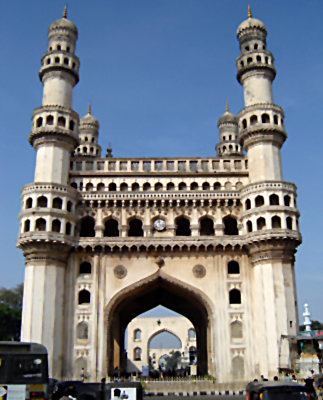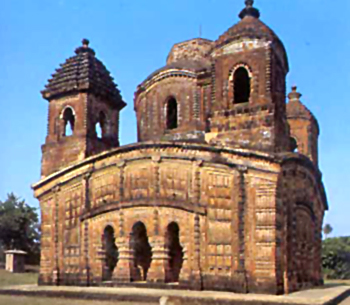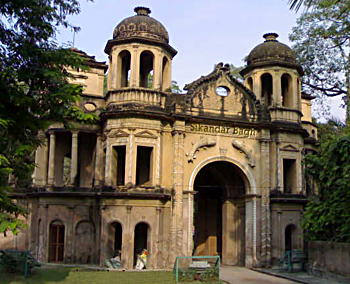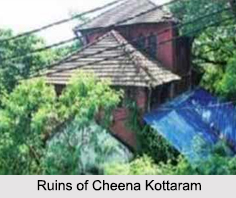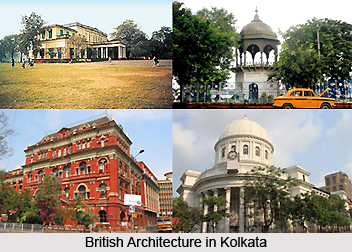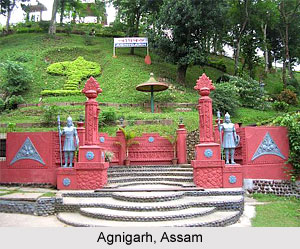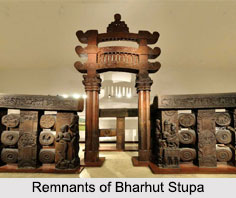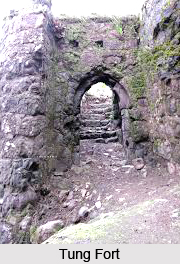 Tung Fort, also known as Kathingad Fort, is an ancient hill fort which is located in the district of Pune in Maharashtra. It is situated in the Sahyadris Mountain Range and is also close to the town of Lonavala. The geographical coordinates of the site is latitude 18°39`37"N 73°27`47"E. The fortress is built at an altitude of 1075 m above sea level. Presently the structure is bounded by water on three sides as a result of the construction of the Pawna Dam. Tung Fort is cone-shaped and has steep climbs with very narrow route on the edge of the mountain. It is a 400 m climb from Pawana dam to the fortress. The village of Tungwadi is located around 300 m from the fortification.
Tung Fort, also known as Kathingad Fort, is an ancient hill fort which is located in the district of Pune in Maharashtra. It is situated in the Sahyadris Mountain Range and is also close to the town of Lonavala. The geographical coordinates of the site is latitude 18°39`37"N 73°27`47"E. The fortress is built at an altitude of 1075 m above sea level. Presently the structure is bounded by water on three sides as a result of the construction of the Pawna Dam. Tung Fort is cone-shaped and has steep climbs with very narrow route on the edge of the mountain. It is a 400 m climb from Pawana dam to the fortress. The village of Tungwadi is located around 300 m from the fortification.
History of Tung Fort
Tung Fort or Kathingad Fort was founded by the rulers of the Adil Shahi Dynasty (Bijapur Sultanate) before 1600 CE. However it was later occupied by Chatrapati Shivaji Maharaj of the Maratha Empire. It was a small fortification and supported around 200 soldiers only. The size and arrangement hints that the fort was primarily used as an observation tower to look over enemy forces and prisoners. The site offers a panoramic view of the Maval region of Pawana and Mulshi valley and thus it was utilized as a watchtower.
The Dhamale clan was entrusted with the security of Tung Fort. The Dhamale family was one of the Deshmukh from Maval region. The fortress provided temporary diversion for raiders and rival forces during invasions and enemy attacks. This provided the more important Lohagad Fort and Visapur Fort to prepare for the attacks.
Architecture of Tung Fort
The fortress is oval shaped and consists of strongly fortified walls and ramparts. It also has several bastions. There is a temple located in near by slopes. The fort premise also has a rocky staircase that opens to a water cistern. Moreover at the summit of the hill, ruins of an ancient temple have been discovered. The forts of Korigad, Tikona, Visapur and Lohagad can be clearly viewed from the top of Tung Fort.
Present Condition of Tung Fort
Currently Tung Fort is in a state of ruins. The structure is open to tourists and trekkers who visit the site throughout the year. At present it is owned by the Government of India.
